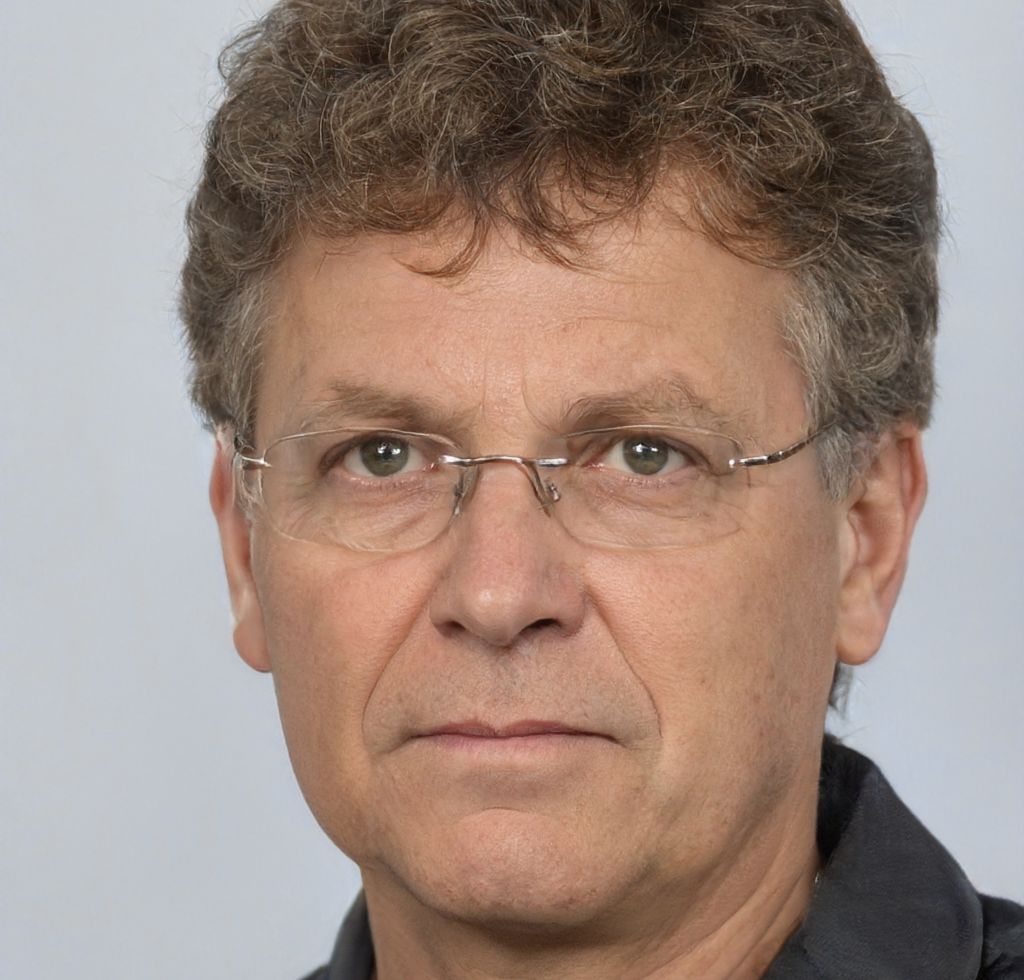How do cells turn food into energy?
Most living cells derive energy from chemical bonds in food molecules.
The energy that comes from our food is used by cells to create and preserve the biological order that allows them to survive.
As food is broken down during digestion, its various components are broken down into simpler monomers or subunits: proteins become amino acids, polysaccharides become simple sugars, and fats become fatty acids and glycerol. These building blocks are then absorbed by the individual cells and used for energy and storage, respectively.
However, the majority of animal cells produce energy primarily through the breakdown of glucose (sugar).
By signing up, you agree to our Terms of Service and Privacy Policy
Cells turn food into energy through a process called cellular respiration, which occurs in three main stages: glycolysis, the citric acid cycle (Krebs cycle), and oxidative phosphorylation (electron transport chain). During glycolysis, glucose is broken down into pyruvate, producing a small amount of ATP and NADH. Pyruvate then enters the citric acid cycle, where it is further oxidized, generating more ATP, NADH, and FADH2. Finally, in oxidative phosphorylation, electrons from NADH and FADH2 are transferred through a series of protein complexes, creating a proton gradient across the inner mitochondrial membrane. This gradient drives ATP synthesis as protons flow back through ATP synthase. Overall, cellular respiration converts the chemical energy stored in food molecules into ATP, the cell's primary energy source.
By signing up, you agree to our Terms of Service and Privacy Policy
When evaluating a one-sided limit, you need to be careful when a quantity is approaching zero since its sign is different depending on which way it is approaching zero from. Let us look at some examples.
When evaluating a one-sided limit, you need to be careful when a quantity is approaching zero since its sign is different depending on which way it is approaching zero from. Let us look at some examples.
When evaluating a one-sided limit, you need to be careful when a quantity is approaching zero since its sign is different depending on which way it is approaching zero from. Let us look at some examples.
When evaluating a one-sided limit, you need to be careful when a quantity is approaching zero since its sign is different depending on which way it is approaching zero from. Let us look at some examples.
- How does the inheritance of acquired characteristics differ from natural selection?
- What is the difference between enriched media and enrichment media?
- Why might an oxygen dissociation curve be sigmoidal?
- What is the importance of oxygen in water for living organisms?
- Why is dissolved oxygen important to our ecosystem?

- 98% accuracy study help
- Covers math, physics, chemistry, biology, and more
- Step-by-step, in-depth guides
- Readily available 24/7
 Daniel Arnold
Daniel Arnold Sebastian Alvarado
Sebastian Alvarado